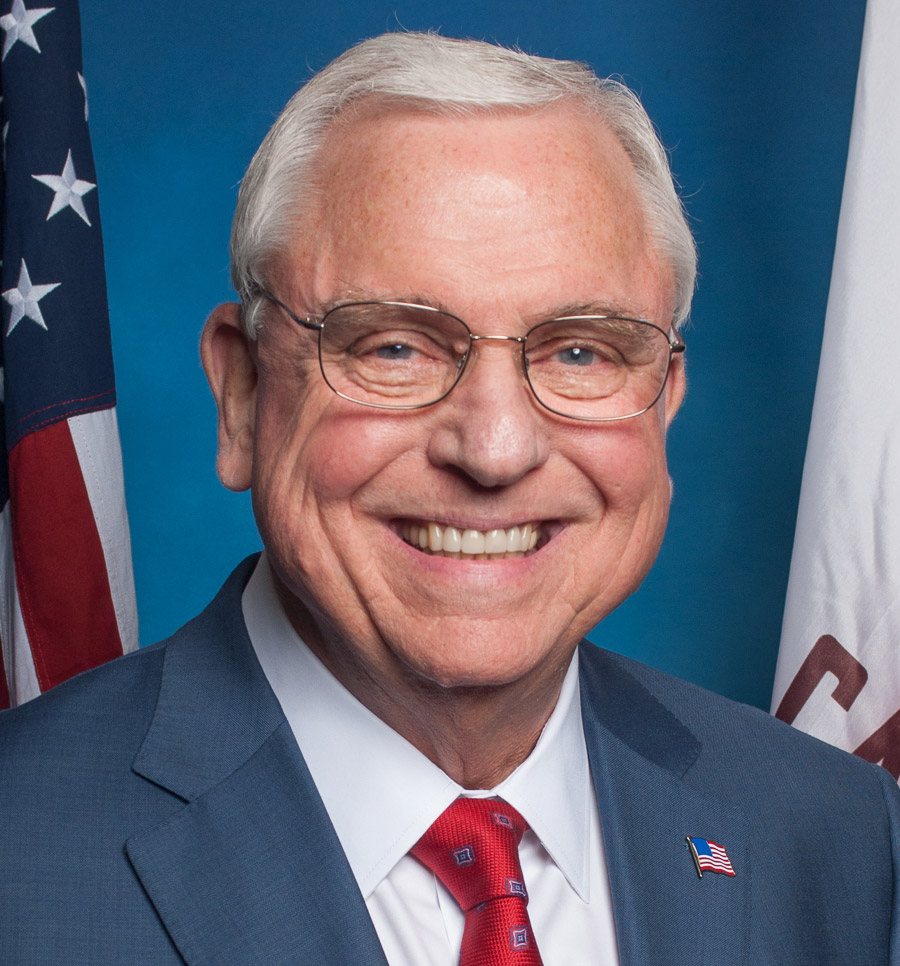
I give a lot of credit to the school districts that really stepped up and made it their business to do what they can to keep in touch with kids. We got approval from (Sacramento County Public Health) to allow for emergency in-person counseling as needed in severe cases where students could do one-on-one counseling after school. It’s got to be based on the judgment of the personnel who’ve been in touch with the child and, if appropriate, the family.
I will say, telehealth has been helpful and, interestingly, young people seem to respond to that better than older people, just because they’re more comfortable with the technology. Coming out of all this, that will be one of the things that we’ll be continuing, I think on a much, much larger scale than it has been. And not just for kids, but just for general medical services, medical care and so on. I think that’s been a big breakthrough.
The other part of this that we’ve got to work hard to overcome is the stigma of the term ‘mental illness,’ or that the need for counseling or something is somehow a sign of weakness rather than just a normal human condition which is both treatable and not something to be afraid of or ashamed of. In some of our ethnic communities that’s really frowned upon — the stigma is much greater. But that all speaks to the relationship with families, and one of the things we have going for us with the education system is that, by and large, the school is a neighborhood facility and the people in the school are trusted by the families that go there. They’re seen as an extension of the home and in many cases, the parents go there every day and they get to know the teachers and the principal and the other staff people.
We’re starting with 11 clinicians this year, and they’re being placed with 11 of our neediest schools in Sacramento County. They’ll be funded through reimbursement through Medi-Cal at no cost to the school and no paperwork for the school. They will simply be brought to the school to work with the existing team at the school — not to replace them, not to supplant them, but to be a source of first-level services for kids. We have a natural partnership there because alongside the needs for mental health services, we also have this initiative on social-emotional learning, which just goes hand in hand with what we’re trying to do with mental health services.
When we set up the initiative, we wanted the clinicians to be hired as employees of the Sacramento County Office of Education. The County Behavioral Health will need all the credential requirements that they need to claim reimbursement, but we’d like to be able to do a cross training on with the school people so that we really integrate them into the school culture and emphasize the merging of mental health services and social-emotional learning, and make the school a center of wellness rather than the center of emergency treatment. That’s the goal, is to turn schools into centers of well-ness. The main partnership would be with County Health, because if we can intervene as early as possible, it will be of great help to the County Health system, because it will remove a lot of the issues that they face in the 0-5, or 0-8 space, and more than that, get the fami-lies working with the schools and getting the social-emotional learning model working with the treatment models.

And the kids also have really good ideas on how we can better organize these services. So separate from this report, the Mental Health Commission has been doing some significant work on listening to students, listening to young people about how to organize peer support and interventions much like they do in the mental health field for adults. It works the same way for younger people. We just have to tap that resource and I can tell you from the engagements we’ve had, the kids are ready and willing to help. This upcoming generation of kids is very “other” oriented. It gives you a great sense of optimism for the future.
Another thing that we’re really focusing on is trying to get some more state support for some things that the report talks about. The commission about three years ago turned toward incentivizing collaborations at the local level. Each county health system is independent of the state. The state is the funder, but the counties really have a lot of latitude in how they operate. So the commission has put out several RFPs to incentivize collaboration. I’ve seen a huge increase in the level of collaboration at the county level to really try to build these partnerships between schools and the health system and that’s very encouraging. When the commission released these RFPs, over 40 of our 58 counties responded by doing very, very elaborate proposals on partnerships. Because of the limitations in funding, the commission was able to fund less than half of the proposals.
Think about it this way, in the world of applying for proposals. If you’re putting in a $6 million proposal with several agencies, that means you put in many weeks of time working together with your partner agencies to figure out, well, how are we going to do this? So one of the things we’re going to be asking the Legislature and the Governor for this year is some more money to fund some of the proposals that could not be funded, not because they were weak proposals, but because we ran out of money. The work has already been put in and we shouldn’t squander the collaboration that’s been built. We really want to build on that momentum and that interest at the county level.
This interview has been edited for length and clarity.